Christoph Schommer
Compatibility of Fairness Metrics with EU Non-Discrimination Laws: Demographic Parity & Conditional Demographic Disparity
Jun 14, 2023Abstract:Empirical evidence suggests that algorithmic decisions driven by Machine Learning (ML) techniques threaten to discriminate against legally protected groups or create new sources of unfairness. This work supports the contextual approach to fairness in EU non-discrimination legal framework and aims at assessing up to what point we can assure legal fairness through fairness metrics and under fairness constraints. For that, we analyze the legal notion of non-discrimination and differential treatment with the fairness definition Demographic Parity (DP) through Conditional Demographic Disparity (CDD). We train and compare different classifiers with fairness constraints to assess whether it is possible to reduce bias in the prediction while enabling the contextual approach to judicial interpretation practiced under EU non-discrimination laws. Our experimental results on three scenarios show that the in-processing bias mitigation algorithm leads to different performances in each of them. Our experiments and analysis suggest that AI-assisted decision-making can be fair from a legal perspective depending on the case at hand and the legal justification. These preliminary results encourage future work which will involve further case studies, metrics, and fairness notions.
A Cognitive Mind-map Framework to Foster Trust
Aug 24, 2009



Abstract:The explorative mind-map is a dynamic framework, that emerges automatically from the input, it gets. It is unlike a verificative modeling system where existing (human) thoughts are placed and connected together. In this regard, explorative mind-maps change their size continuously, being adaptive with connectionist cells inside; mind-maps process data input incrementally and offer lots of possibilities to interact with the user through an appropriate communication interface. With respect to a cognitive motivated situation like a conversation between partners, mind-maps become interesting as they are able to process stimulating signals whenever they occur. If these signals are close to an own understanding of the world, then the conversational partner becomes automatically more trustful than if the signals do not or less match the own knowledge scheme. In this (position) paper, we therefore motivate explorative mind-maps as a cognitive engine and propose these as a decision support engine to foster trust.
Symbolic Computing with Incremental Mindmaps to Manage and Mine Data Streams - Some Applications
Feb 18, 2009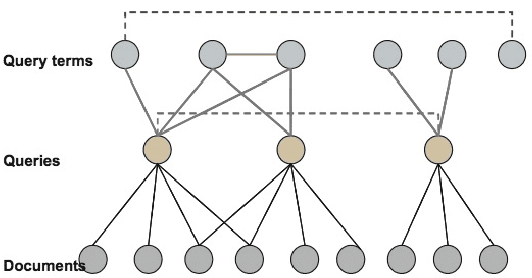
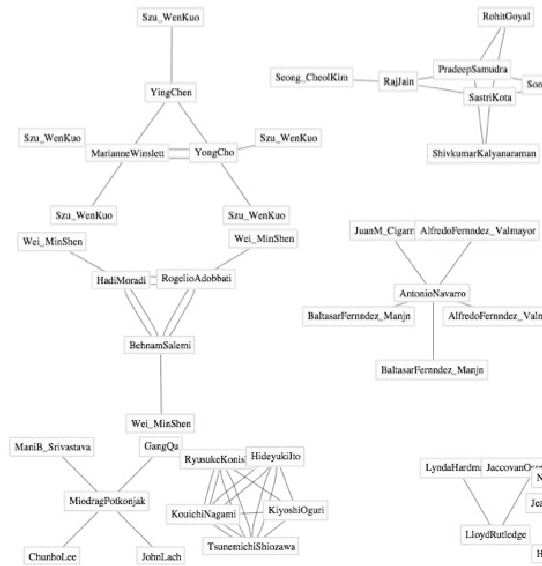

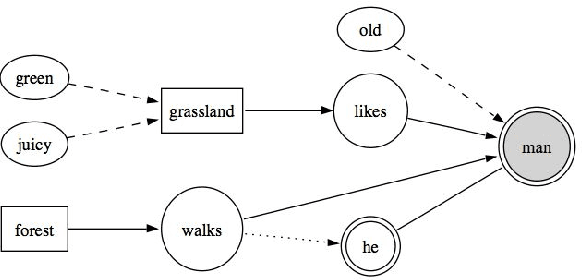
Abstract:In our understanding, a mind-map is an adaptive engine that basically works incrementally on the fundament of existing transactional streams. Generally, mind-maps consist of symbolic cells that are connected with each other and that become either stronger or weaker depending on the transactional stream. Based on the underlying biologic principle, these symbolic cells and their connections as well may adaptively survive or die, forming different cell agglomerates of arbitrary size. In this work, we intend to prove mind-maps' eligibility following diverse application scenarios, for example being an underlying management system to represent normal and abnormal traffic behaviour in computer networks, supporting the detection of the user behaviour within search engines, or being a hidden communication layer for natural language interaction.
* 4 pages; 4 figures
CoZo+ - A Content Zoning Engine for textual documents
Nov 04, 2008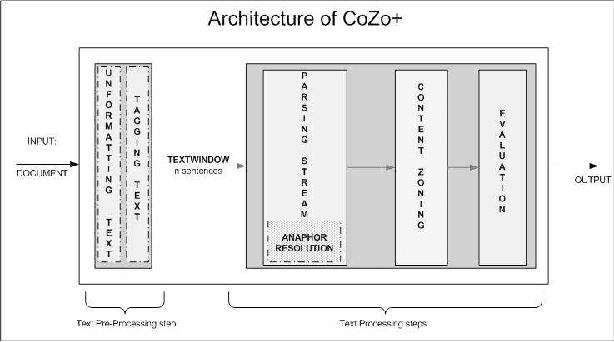


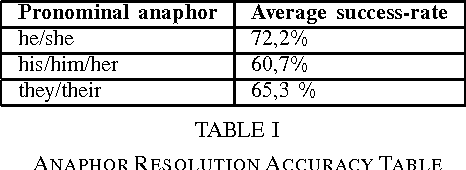
Abstract:Content zoning can be understood as a segmentation of textual documents into zones. This is inspired by [6] who initially proposed an approach for the argumentative zoning of textual documents. With the prototypical CoZo+ engine, we focus on content zoning towards an automatic processing of textual streams while considering only the actors as the zones. We gain information that can be used to realize an automatic recognition of content for pre-defined actors. We understand CoZo+ as a necessary pre-step towards an automatic generation of summaries and to make intellectual ownership of documents detectable.
Assembling Actor-based Mind-Maps from Text Stream
Oct 25, 2008



Abstract:For human beings, the processing of text streams of unknown size leads generally to problems because e.g. noise must be selected out, information be tested for its relevance or redundancy, and linguistic phenomenon like ambiguity or the resolution of pronouns be advanced. Putting this into simulation by using an artificial mind-map is a challenge, which offers the gate for a wide field of applications like automatic text summarization or punctual retrieval. In this work we present a framework that is a first step towards an automatic intellect. It aims at assembling a mind-map based on incoming text streams and on a subject-verb-object strategy, having the verb as an interconnection between the adjacent nouns. The mind-map's performance is enriched by a pronoun resolution engine that bases on the work of D. Klein, and C. D. Manning.
* 12 pages, 8 Figures
A Simple Dynamic Mind-map Framework To Discover Associative Relationships in Transactional Data Streams
May 09, 2008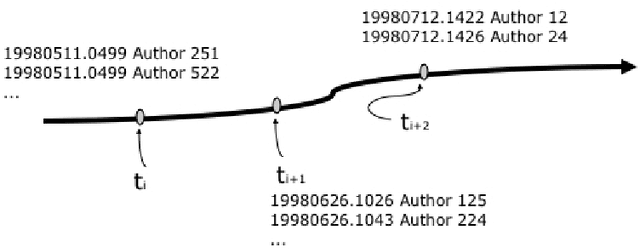
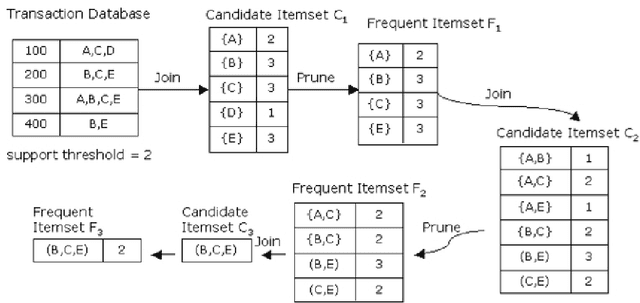
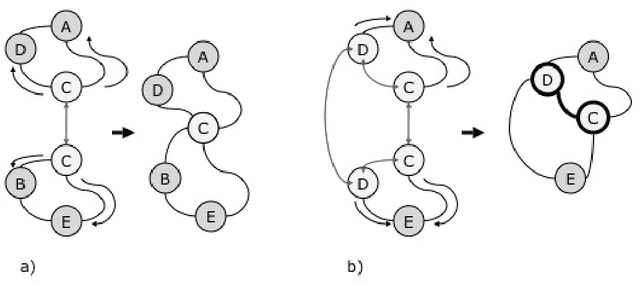
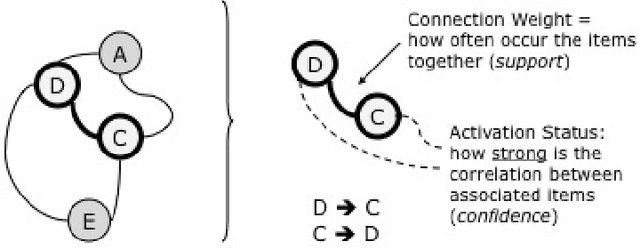
Abstract:In this paper, we informally introduce dynamic mind-maps that represent a new approach on the basis of a dynamic construction of connectionist structures during the processing of a data stream. This allows the representation and processing of recursively defined structures and avoids the problem of a more traditional, fixed-size architecture with the processing of input structures of unknown size. For a data stream analysis with association discovery, the incremental analysis of data leads to results on demand. Here, we describe a framework that uses symbolic cells to calculate associations based on transactional data streams as it exists in e.g. bibliographic databases. We follow a natural paradigm of applying simple operations on cells yielding on a mind-map structure that adapts over time.
AGNOSCO - Identification of Infected Nodes with artificial Ant Colonies
May 07, 2008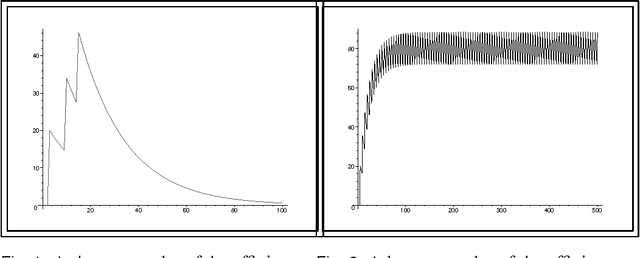
Abstract:If a computer node is infected by a virus, worm or a backdoor, then this is a security risk for the complete network structure where the node is associated. Existing Network Intrusion Detection Systems (NIDS) provide a certain amount of support for the identification of such infected nodes but suffer from the need of plenty of communication and computational power. In this article, we present a novel approach called AGNOSCO to support the identification of infected nodes through the usage of artificial ant colonies. It is shown that AGNOSCO overcomes the communication and computational power problem while identifying infected nodes properly.
* 5 pages, 2 figures
A Semi-Automatic Framework to Discover Epistemic Modalities in Scientific Articles
Apr 07, 2008



Abstract:Documents in scientific newspapers are often marked by attitudes and opinions of the author and/or other persons, who contribute with objective and subjective statements and arguments as well. In this respect, the attitude is often accomplished by a linguistic modality. As in languages like english, french and german, the modality is expressed by special verbs like can, must, may, etc. and the subjunctive mood, an occurrence of modalities often induces that these verbs take over the role of modality. This is not correct as it is proven that modality is the instrument of the whole sentence where both the adverbs, modal particles, punctuation marks, and the intonation of a sentence contribute. Often, a combination of all these instruments are necessary to express a modality. In this work, we concern with the finding of modal verbs in scientific texts as a pre-step towards the discovery of the attitude of an author. Whereas the input will be an arbitrary text, the output consists of zones representing modalities.
Textual Fingerprinting with Texts from Parkin, Bassewitz, and Leander
Feb 15, 2008



Abstract:Current research in author profiling to discover a legal author's fingerprint does not only follow examinations based on statistical parameters only but include more and more dynamic methods that can learn and that react adaptable to the specific behavior of an author. But the question on how to appropriately represent a text is still one of the fundamental tasks, and the problem of which attribute should be used to fingerprint the author's style is still not exactly defined. In this work, we focus on linguistic selection of attributes to fingerprint the style of the authors Parkin, Bassewitz and Leander. We use texts of the genre Fairy Tale as it has a clear style and texts of a shorter size with a straightforward story-line and a simple language.
 Add to Chrome
Add to Chrome Add to Firefox
Add to Firefox Add to Edge
Add to Edge